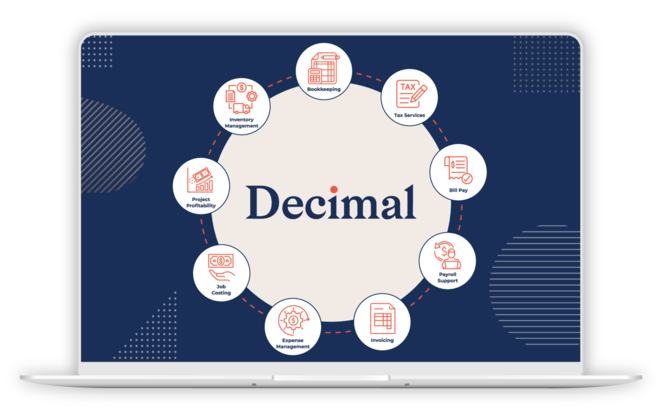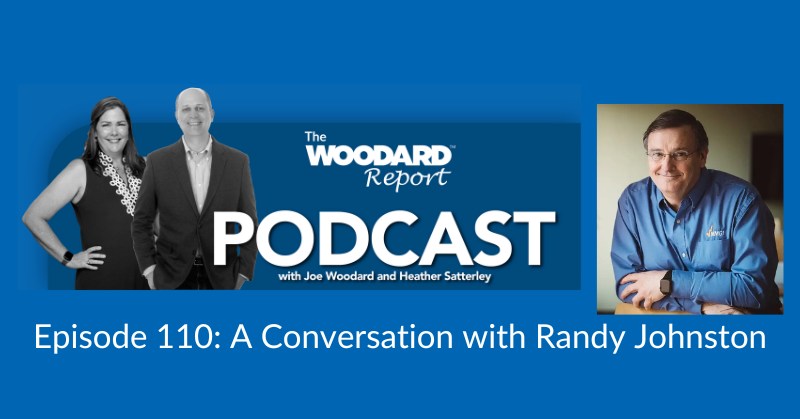You know the feeling: You are known as the reliable one, the "go-to" person in your organization, always eager and ready to take on the next challenge. It is rewarding—yes—but there is a hidden danger in this constant "yes" mentality.
Take a moment to reflect honestly—do you recognize yourself in this scenario? Whenever a new project or responsibility is tossed your way, an internal voice whispers, "What if saying no makes me appear uncommitted or incompetent?" Driven by this fear, you continue saying yes, piling tasks upon an already overflowing plate.
But here is the truth: every yes costs you something. Each new commitment demands your attention, compromises quality, and possibly steals precious moments away from family, friends, or personal well-being. Over time, your productivity falters, burnout creeps closer, and what began as an asset—your willingness to say yes—becomes a liability.
Challenge your inclination to say “yes”
Today, I challenge you to adopt a fresh perspective and intentionally add the skill of saying "no" to your professional toolkit. Embracing no does not close doors. Rather, it establishes healthy boundaries, safeguarding the quality and integrity of your commitments. Declining strategically demonstrates strength, self-awareness, and confidence in managing your priorities effectively. Let's unpack some of the deeper reasons why mastering the art of no is so beneficial:
Planning fallacy
The "planning fallacy" is a psychological phenomenon describing our tendency to underestimate the time required to complete tasks or projects significantly. Every time you accept additional responsibility, it is crucial to realistically consider the true amount of time and energy needed—finite resources. When we continuously underestimate, our commitments spiral out of control, diminishing the quality and effectiveness of our work.
Every yes is a trade off
Think of your time as currency. Each "yes" you issue means spending time that could otherwise have been allocated toward something potentially more important, such as family gatherings, critical strategic tasks, or personal well-being. Being aware of this trade-off allows you to consciously decide where your time is best invested.
Setting boundaries means valuing your time
Your time has inherent value. Habitually saying yes to every request indirectly signals that your time can be freely claimed by anyone. Respectfully declining tasks demonstrates to others and yourself that you understand and protect the worth of your hours and energy. People around you begin to respect your boundaries when they see your consistent prioritization of critical tasks and meaningful engagements.
Clear priorities emerge when you say no
Saying no forces clarity around your core priorities. Evaluating each request against your ultimate goals and objectives helps maintain a clear focus, ensuring your efforts align genuinely with your professional and personal vision.
How to say no with confidence
Feeling uneasy about declining requests is common. Softening a refusal with ambiguous responses such as "I'll think about it" or "Maybe later” might seem polite, but it usually leads to confusion and prolongs discomfort for both parties involved.
Here is how you can practice assertive yet professional responses:
- Be direct and polite
"Thank you for considering me, but I won't be able to take this on right now." - Offer alternative solutions
"I cannot help with this, but I know someone else who might be a great fit." - Pause before responding
Allowing yourself time to assess each request prevents impulsive commitments. "Let me review my workload before I commit. I will get back to you by tomorrow."
Remember, “no” truly is a complete sentence. Providing excessive explanations can unintentionally invite debate or pressure. Keep your responses concise, respectful, and clear.
Cultivate a culture of boundaries
Setting healthy boundaries is not merely an individual practice. It is also about cultivating a supportive culture within your team and organization. When leaders and team members prioritize boundary-setting, it empowers others to do the same, creating an environment where everyone’s time and commitments are respected.
Encourage open discussions within your team about workload capacities, effective time management, and realistic goal setting. Regularly revisit these conversations to reinforce that setting boundaries does not limit ambition but promotes sustainable productivity and a healthier work-life balance.
Start small, stay consistent
Learning to say no effectively is not an overnight transformation. Rather, it is a habit cultivated through consistency and practice. Begin with manageable opportunities, small requests that do not align with your immediate goals. Gradually, you will grow more comfortable asserting your boundaries in higher-stakes scenarios, maintaining your integrity, and safeguarding your productivity.
Developing the art of saying no is not about turning down opportunities. It is about selectively saying yes to those that genuinely matter. Saying no is an act of self-respect and professional wisdom, allowing you to remain true to your highest priorities.
As you reflect on your own commitments and habits, consider this question:
"What am I truly saying no to each time I say yes?"
The answer may profoundly transform your productivity, satisfaction, and professional relationships.
.png?width=150&height=63&name=TWRlogo-regmark_blueblack%20(1).png)
.png)










Do you have questions about this article? Email us and let us know > info@woodard.com
Comments: